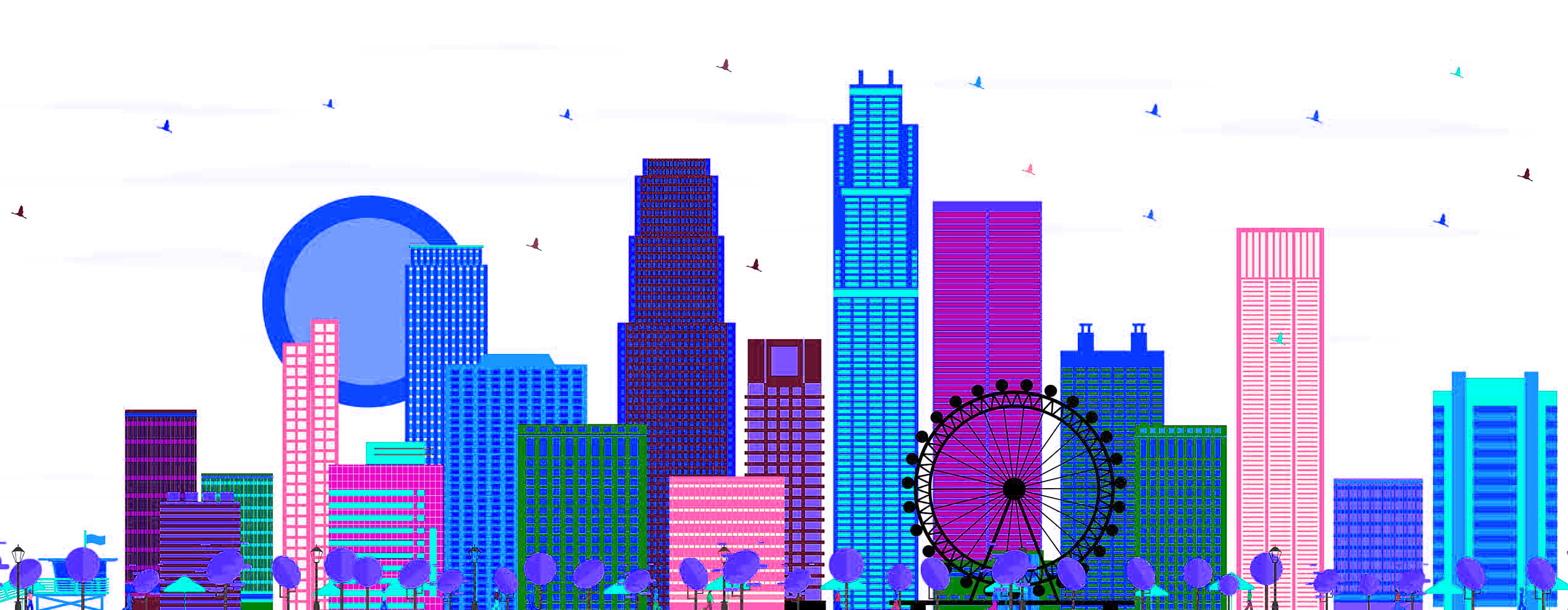Aspects for a Graphic Designer in Los Angeles
Aspects for a Graphic Designer in Los Angeles
A graphic designer in Los Angeles is ideally multi-faceted.
Being a graphic designer in Los Angeles, or any other competitive and creative market, requires a combination of skills, adaptability, and awareness of industry trends. Here are some important aspects for a graphic designer in Los Angeles:
- Portfolio Diversity:
- Showcase a diverse range of projects in your portfolio, demonstrating your ability to work across various industries and styles.
- Highlight projects that align with the preferences and trends within the Los Angeles market.
- Tech Proficiency:
- Stay updated on the latest design software and tools. Proficiency in programs like Adobe Creative Suite (Photoshop, Illustrator, InDesign) is essential.
- Familiarity with emerging design technologies, such as augmented reality or virtual reality, can be a plus.
- Networking:
- Actively participate in local design events, meetups, and conferences to build connections with other professionals in the industry.
- Utilize online platforms like LinkedIn and Behance to connect with potential clients and collaborators.
- Cultural Awareness:
- Understand the cultural diversity and trends within Los Angeles. This knowledge can influence your design choices and make your work more relatable to the local audience.
- Adaptability:
- Be adaptable and open to new design trends. Los Angeles is a dynamic and trendsetting city, so staying flexible and willing to evolve your style can be beneficial.
- Marketing Skills:
- Develop basic marketing skills to understand how design contributes to overall brand and marketing strategies.
- Being able to communicate the value of your designs in a business context can set you apart.
- Project Management:
- Possess strong project management skills to handle multiple projects simultaneously and meet tight deadlines.
- Effective communication with clients and collaborators is crucial for successful project delivery.
- Environmental and Social Responsibility:
- Consider the environmental and social impact of your designs. Sustainable and socially responsible design practices are becoming increasingly important.
- Freelance Business Skills:
- If you’re freelancing, develop good business practices. This includes understanding contracts, invoicing, and managing your finances effectively.
- Continuous Learning:
- Stay curious and committed to continuous learning. The design field evolves rapidly, and keeping up with new trends and technologies is vital.
Remember that the design industry is not only about technical skills but also about creativity, innovation, and a deep understanding of the target audience. Keep honing your craft, stay inspired, and remain open to new challenges and opportunities.
Get updates.
We will process the personal data you have supplied in accordance with our privacy policy.






